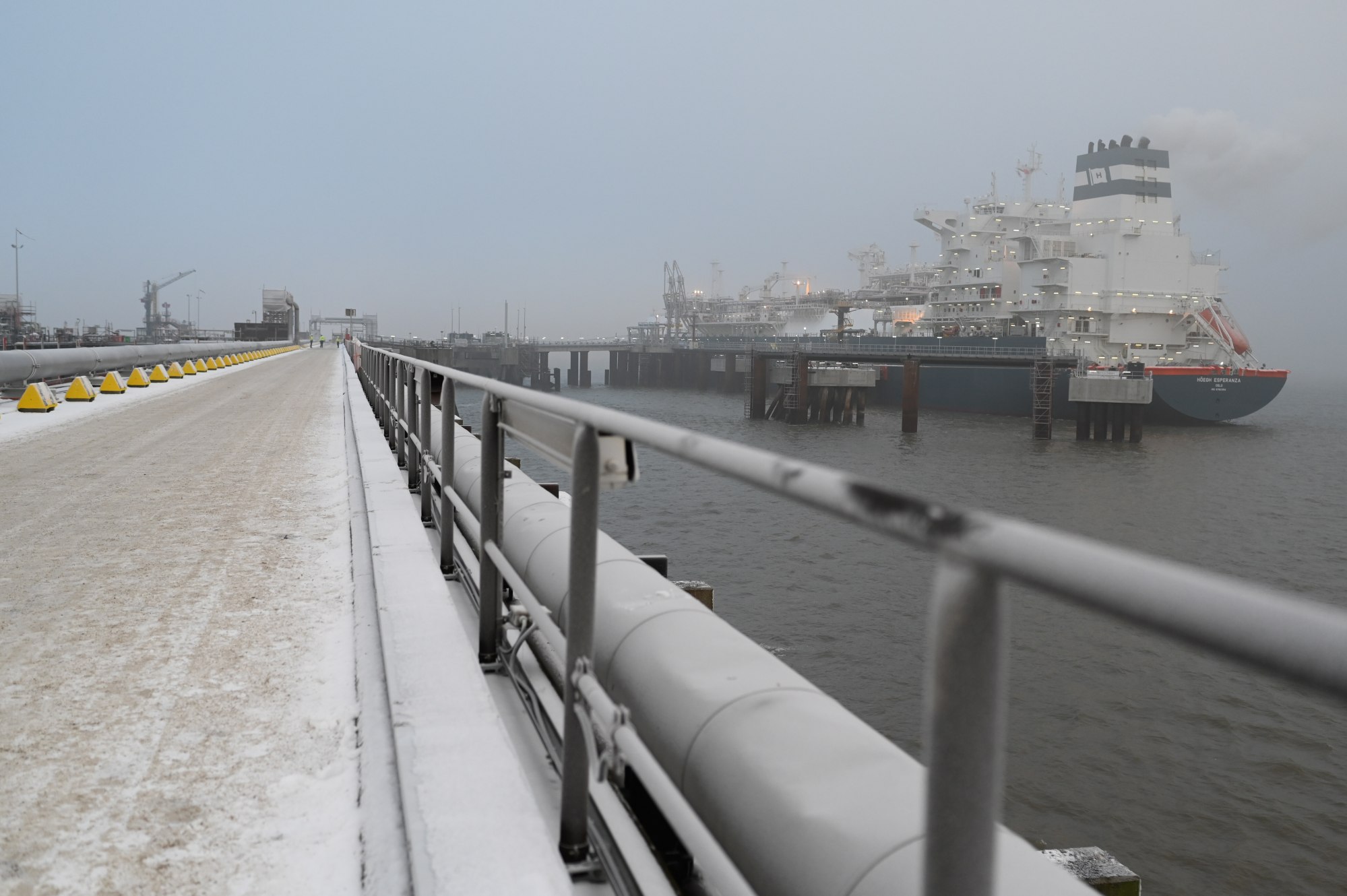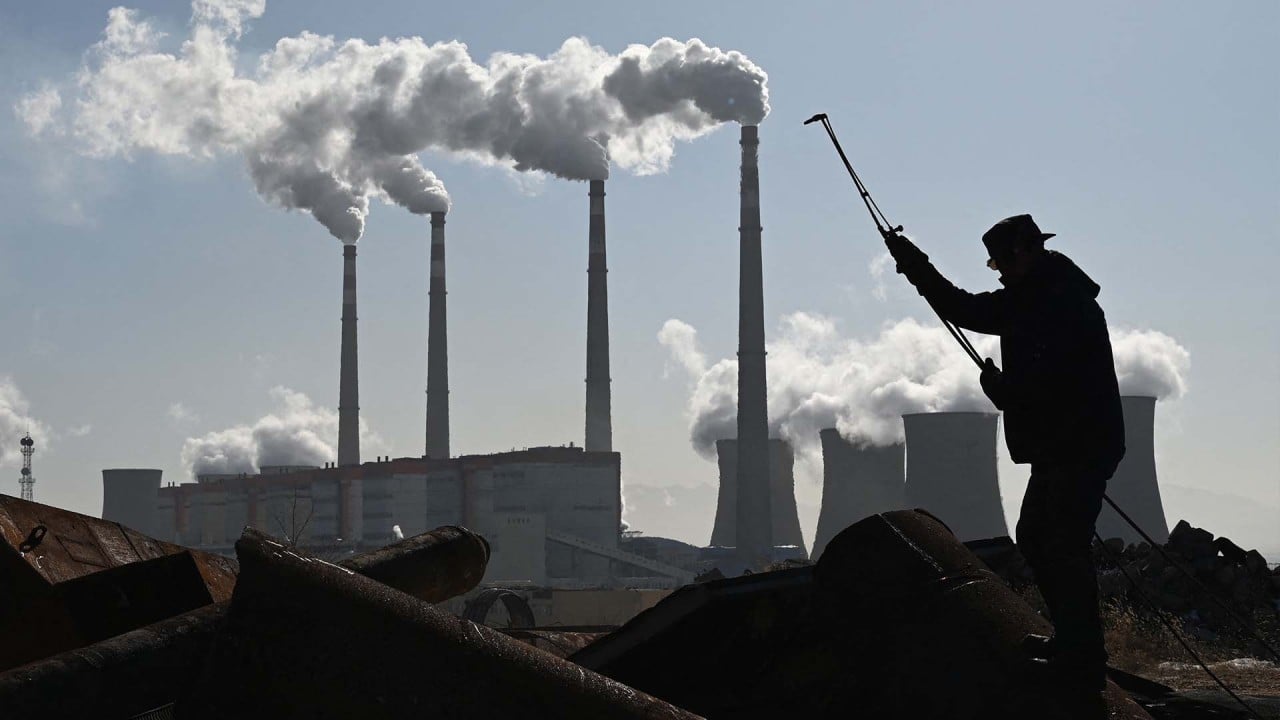
No coal comeback: Europe’s renewable energy transition is in hyperdrive
- Europe’s coal- and gas-buying frenzy has abated as renewable energy output hit a record high last year with new policies in place
- The EU’s fossil fuel power could plummet by 20 per cent this year, double the previous record fall in 2020
For Asia, that means Europe’s gas- and coal-buying frenzy, which had eased towards the end of last year, should continue to fall this year.
Five-sixths of this deficit was made up from growth in wind and solar energy, as well as falling electricity demand. Just one-sixth (28 TWh) was made up with coal power, adding 0.3 per cent to global coal-generated power. Gas-generated power was almost unchanged.

The record rise in renewable energy prevented much bigger rises in coal and gas power generation. Wind and solar power provided 22 per cent of the EU’s electricity, surpassing gas power (20 per cent) for the first time, with coal’s share at 16 per cent.
Coal power fell in the last four months of 2022. So far this winter, there has been no gas emergency, but there has also been a large fall in electricity demand.
Renewable transition could be Europe’s silver lining amid energy crisis
With falling coal power – and with additional coal on stock – Europe is likely to import less coal this year. Indonesia, which is looking to step up coal exports, may be disappointed; coal buyers, like India, should be relieved.
For all the talk of Europe going back on the global UN climate commitment to “phase down coal”, it’s clear the resolve is stronger than ever. Coal is not making a comeback.
What’s more, hydropower stocks have mostly recovered after the drought, many French nuclear units have returned to production, and electricity demand is likely to continue to fall.
Last year, EU gas demand fell by 12 per cent, even as gas-generated power remained unchanged. This year, gas-generated power will fall rapidly, ensuring that EU gas demand continues its fall. Gas storage is already fuller than it’s been at this time of the year since at least 2017.

Since Russia’s invasion of Ukraine, there has been a heightened sense of urgency to cut imported fossil fuel dependence and achieve energy security through the accelerated deployment of renewables. Europe has had to rapidly learn from past energy policy mistakes. That means Europe is not content with just phasing out coal, it is also striving to phase out gas.
And while that may bring short-term relief to countries across Asia looking to increase gas use, it is also a warning bell on how quickly politics can swing against imported fossil fuels.
Dave Jones is head of data insights at energy think tank Ember

.jpg?itok=dyNE63e5&v=1674975010)
